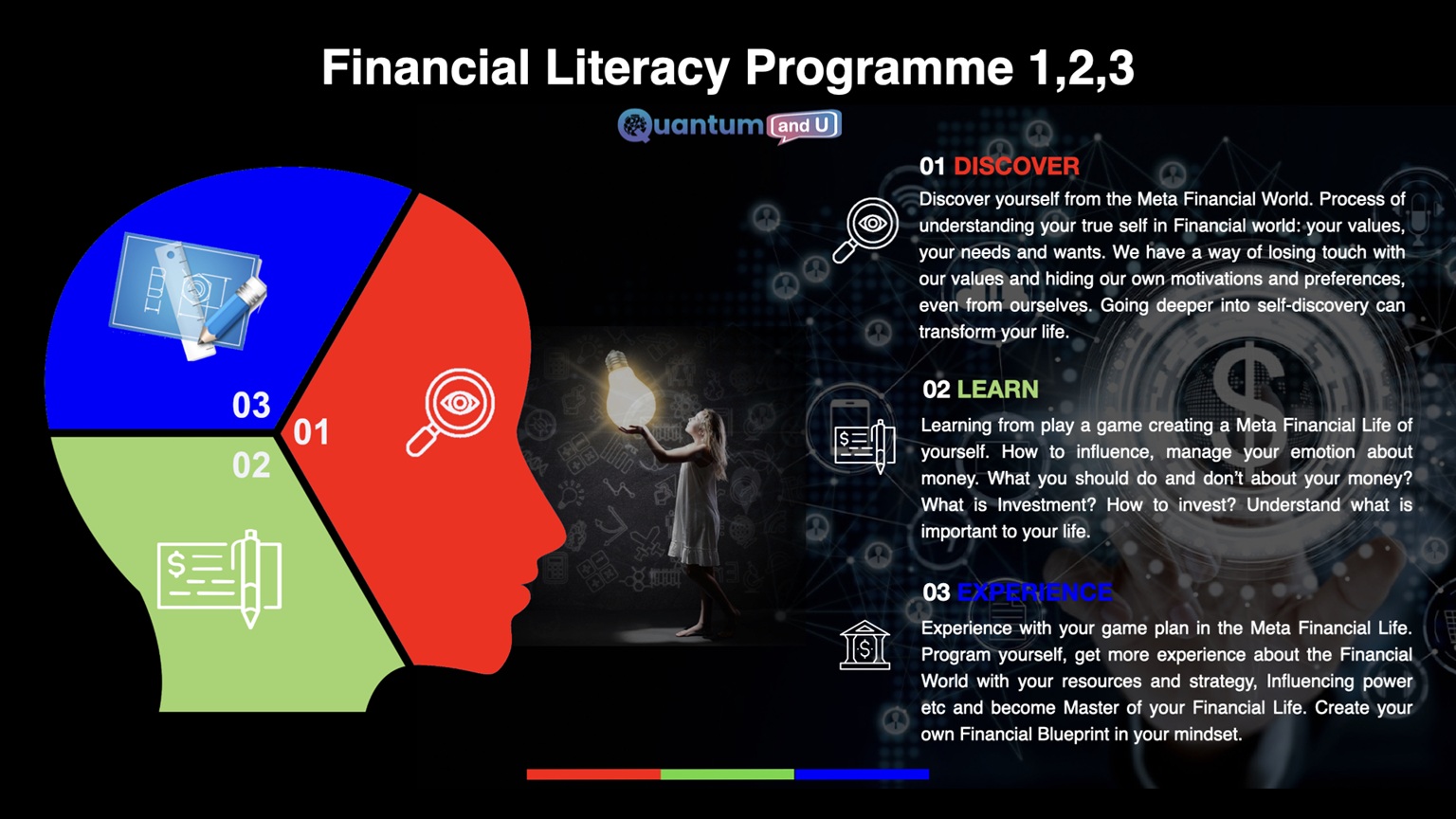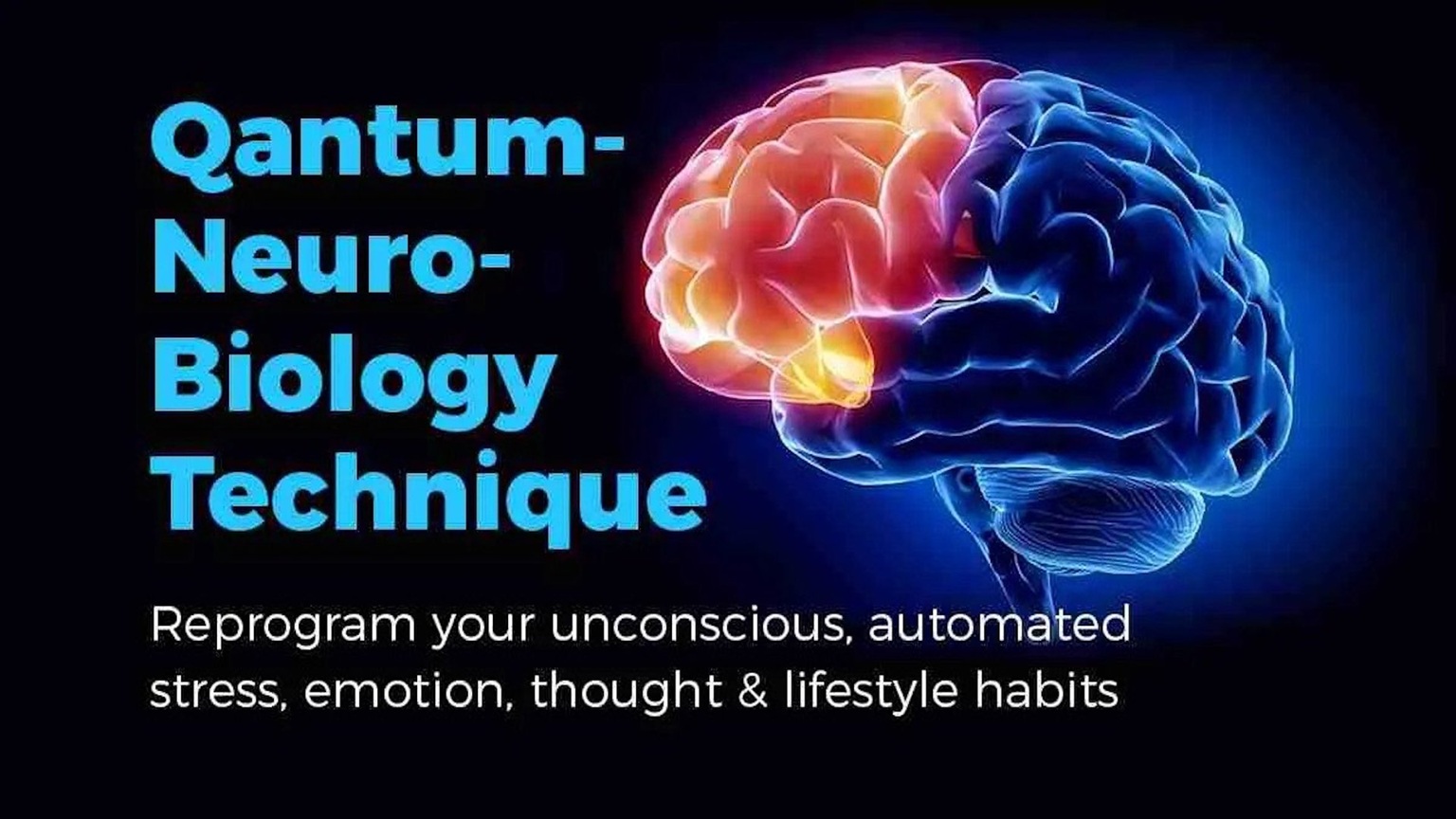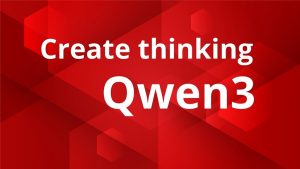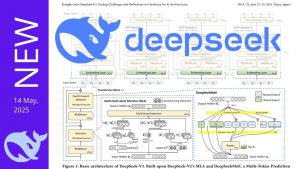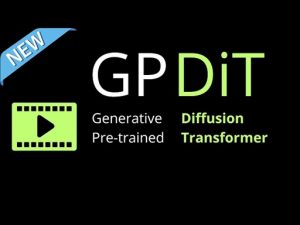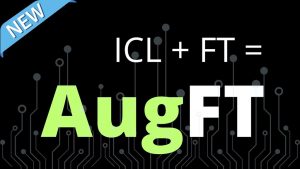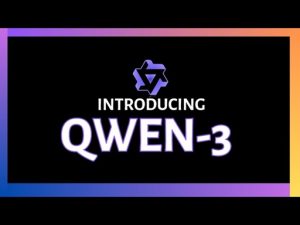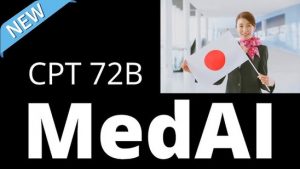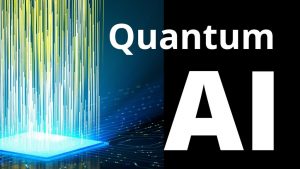HOW TO Build Qwen3’s Dual Mode AI (0.6B to 235B)
Qwen3 introduces revolutionary dual-mode AI architecture enabling dynamic switching between "syncing" (thinking) and "non-syncing" modes within a single model. Syncing mode provides explicit step-by-step reasoning for complex problems, while non-syncing mode delivers rapid, immediate responses. This elegant solution uses simple template differences during training, effectively eliminating the need for separate specialized models while maintaining both reasoning depth and response efficiency.

